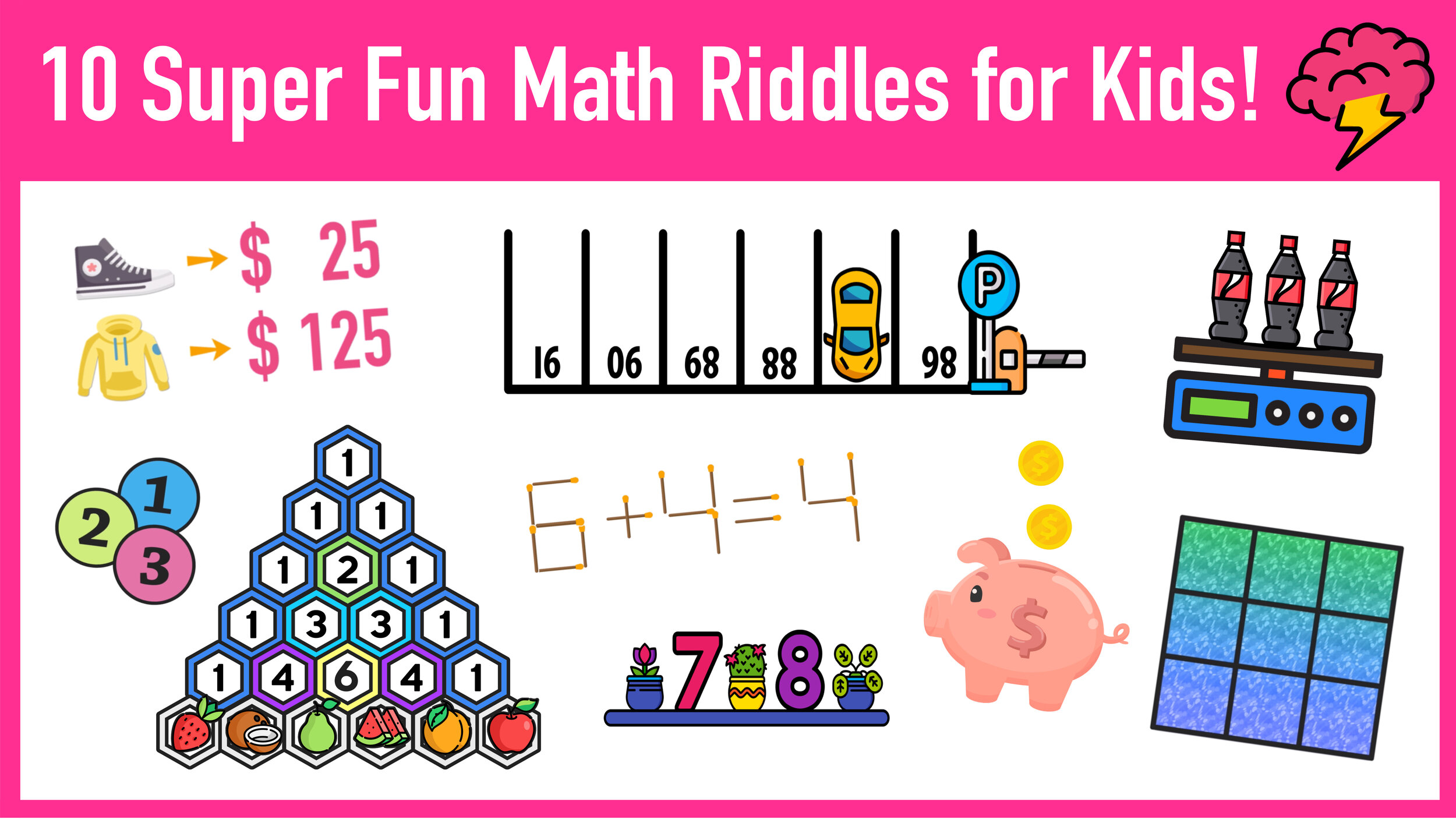Associative Property of Multiplication Definition
In math, the associative property of multiplication is a rule which states that the groupings of values or variables being multiplied together does not affect the product or outcome.
The associative property of multiplication can help you to model and solve simple and complex multiplication problems. This rule is a fundamental law in mathematics and applies to any multiplication problem.
The following guide to understanding and applying the associative property of multiplication will share a step-by-step tutorial as well as a free associative property of multiplication worksheet.
Let’s start off by looking at a few examples…
Associative Property of Multiplication Example
Take a look at the equation above:
(a x b) x c = a (b x c)
Notice that the terms (a, b, and c) are in the same order, but grouped differently. On the left side of the equals sign, a and b are in parenthesis. On the right side of the equal side, b and c are in parenthesis. And, according to the order of operations, you must perform operations inside of parenthesis first.
So, according to the associative property of multiplication, the left side of the equal sign and the right side of the equal sign will always equal the same value, no matter what values a, b, and c represent.
Now, let’s go ahead and explore why the associative property proves this equation to be true by substituting numerical values in for a, b, and c:
a=8, b=4, c=2
Step One: Follow the order of operations by performing multiplication inside of the parenthesis first.
In this example, perform (8 x 4) on the left side of the equation and (4 x 2) on the right side of the equation as follows:
(8 x 4 ) x 2 = 8 x (4 x 2)
32 x 2 = 8 x 8
Step Two: After working out the products inside of the parenthesis, the next step is to multiply the next line of the equation. In this case, 32 x 2 on the left side, and 8 x 8 on the right side.
32 x 2 = 8 x 8
64 = 64
Step Three: Verify your answer.
Remember that, according to the associative property of multiplication definition, the groupings of values or variables being multiplied together does not affect the product or outcome. Therefore, the left side of the equation and the right side of the equation should equal the same value.
In this example, the associative property holds true since both sides of the equation are equal to 64.
See Also: Check Out This Awesome Mean, Median, and Mode Activity
Associative Property of Multiplication Example Recap:
(8 x 4 ) x 2 = 8 x (4 x 2)
32 x 2 = 8 x 8
64 = 64 ✓
What About Division?
Now that you understand the associative property of multiplication, let’s see if the inverse of multiplication—division—is also associative.
What if we reused the associative property of multiplication example from before, but changed the multiplication signs to division signs?
Just like the last example, a=8, b=4, and c=2, the order of the terms is the same on both sides of the equal sign, but the terms are grouped differently. And also notice that the operation is no longer multiplication, but division.
Step One: Follow the order of operations by performing division inside of the parenthesis first.
In this example, perform (8 ÷ 4) on the left side of the equation and (4 ÷ 2) on the right side of the equation as follows:
(8 ÷ 4 ) ÷ 2 = 8 ÷ (4 ÷ 2)
2 ÷ 2 = 8 ÷ 2
Step Two: After working out the quotients inside of the parenthesis, the next step is to divide the next line of the equation. In this case, 2 ÷ 2 on the left side, and 8 ÷ 8 on the right side.
2 ÷ 2 = 8 ÷ 2
1 ≠ 4
Step Three: Verify your answer.
Remember that, the associative property states that different groupings of the terms in an equation should not change the result. In the first example, we proved that the associative property works for multiplication since both sides of the equation equaled the same number (64=64).
However, in the division example, we see that the left side of the equation and the right side of the equation result in different values. In this case, 1 and 4, which are obviously nit equal.
Therefore, in this example, the associative property does not hold true for division since both sides of the equation are not equal.
Associative Property of Division Example Recap:
(8 ÷ 4 ) ÷ 2 = 8 ÷ (4 ÷ 2)
2 ÷ 2 = 8 ÷ 2
1 ≠ 4 ✕
Conclusion: Associative Property Math Facts
The previous example has shown us that the associative property works for multiplication, but it does not work for division.
Therefore, as long as all of the terms are being multiplied (not divided), the groupings of values or variables being multiplied together does not affect the product or outcome.
So, (a x b) x c = a x (b x c) for any real number values represented by a, b, and c.
Key idea: The associative property of multiplication can be applied when the terms are in the SAME ORDER, but GROUPED DIFFERENTLY.
The Associative Property of Multiplication Video
Are you looking for a more in-depth and visual explanation of the associative property of multiplication? Check out our free YouTube video using the link below:
Tags: associative property of multiplication, associative property example, associative property of multiplication example, associative property of multiplication definition, associative property in math, associative law of multiplication, the associative property of multiplication
Have thoughts? Share your thoughts in the comments section below!
(Never miss a Mashup Math blog--click here to get our weekly newsletter!)
By Anthony Persico
Anthony is the content crafter and head educator for YouTube's MashUp Math. You can often find me happily developing animated math lessons to share on my YouTube channel . Or spending way too much time at the gym or playing on my phone.























